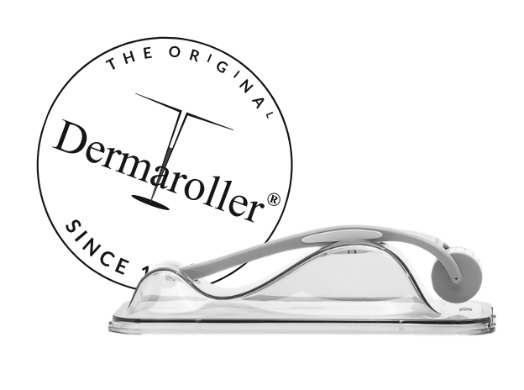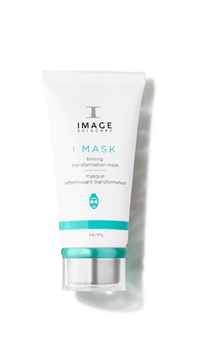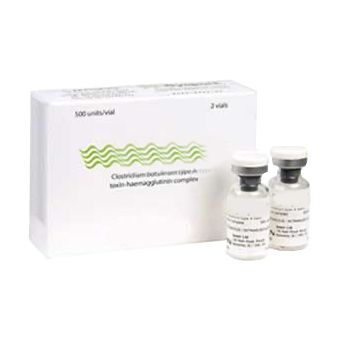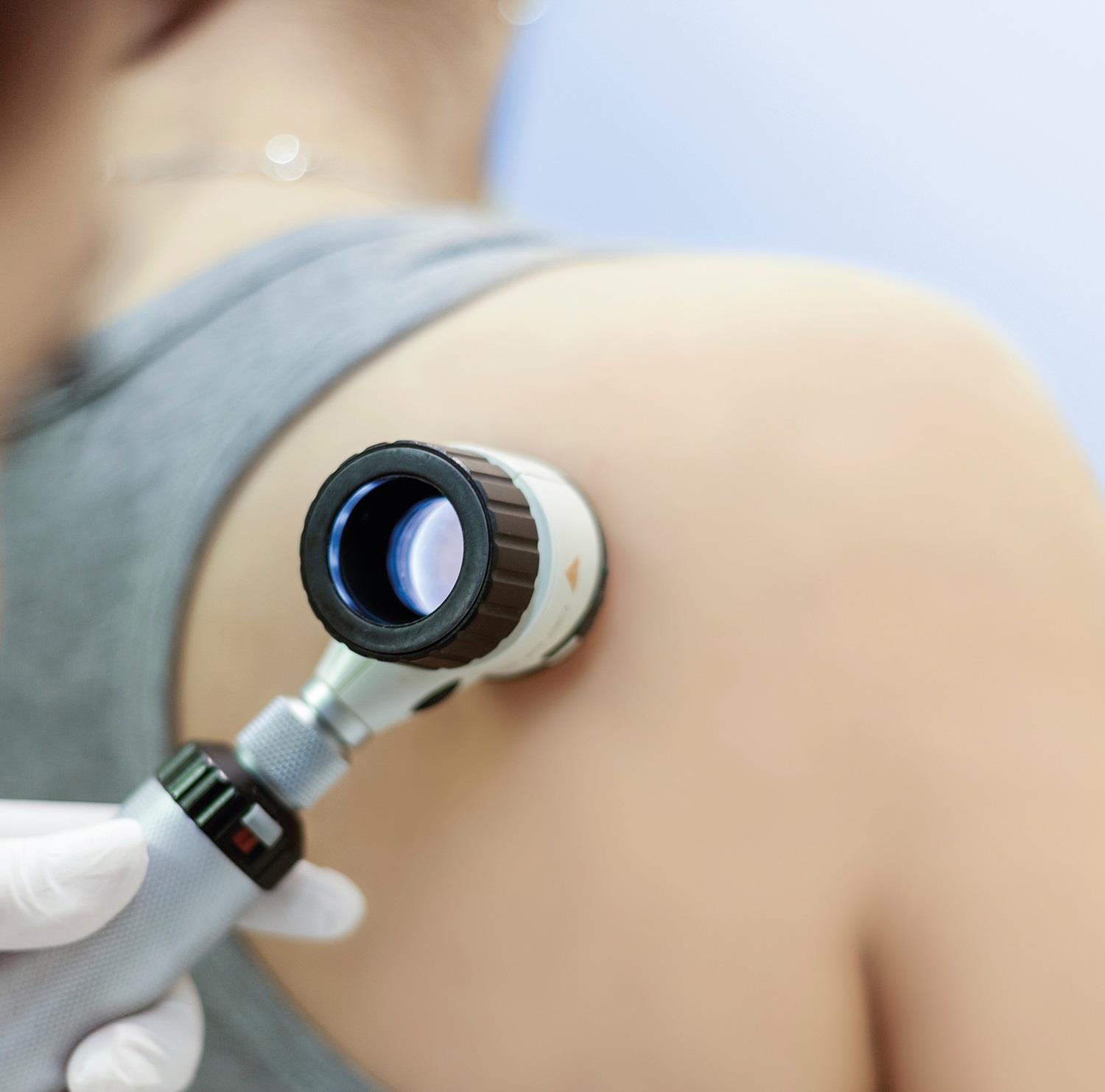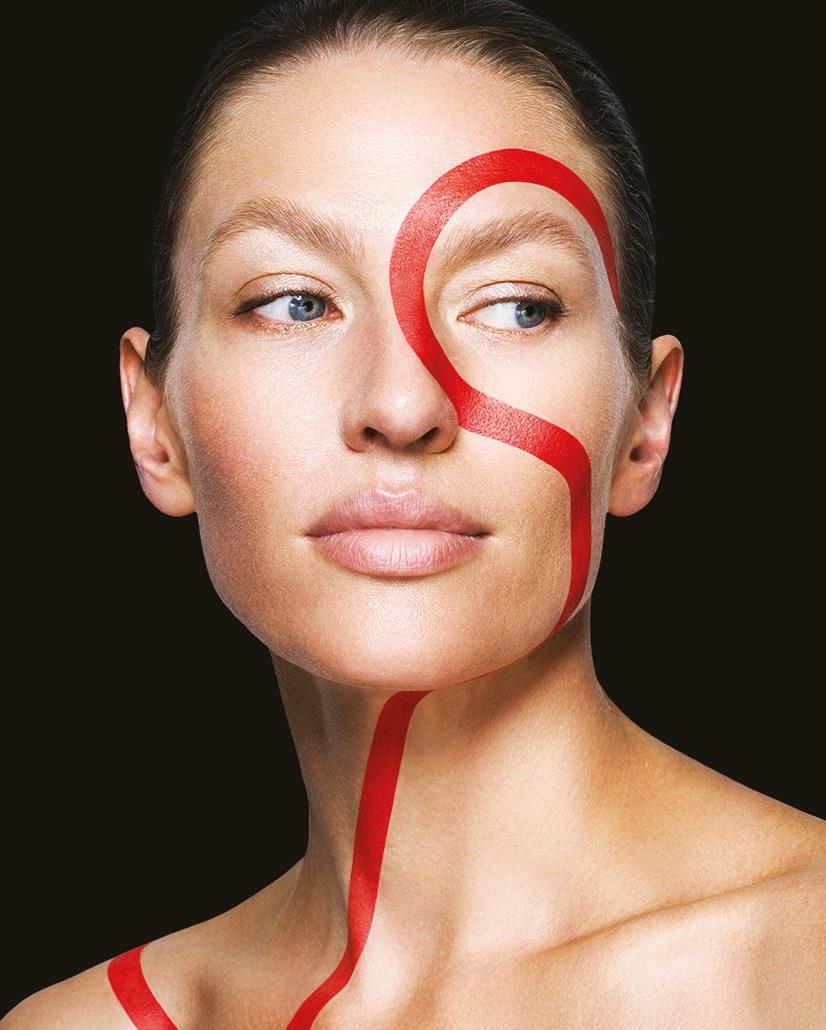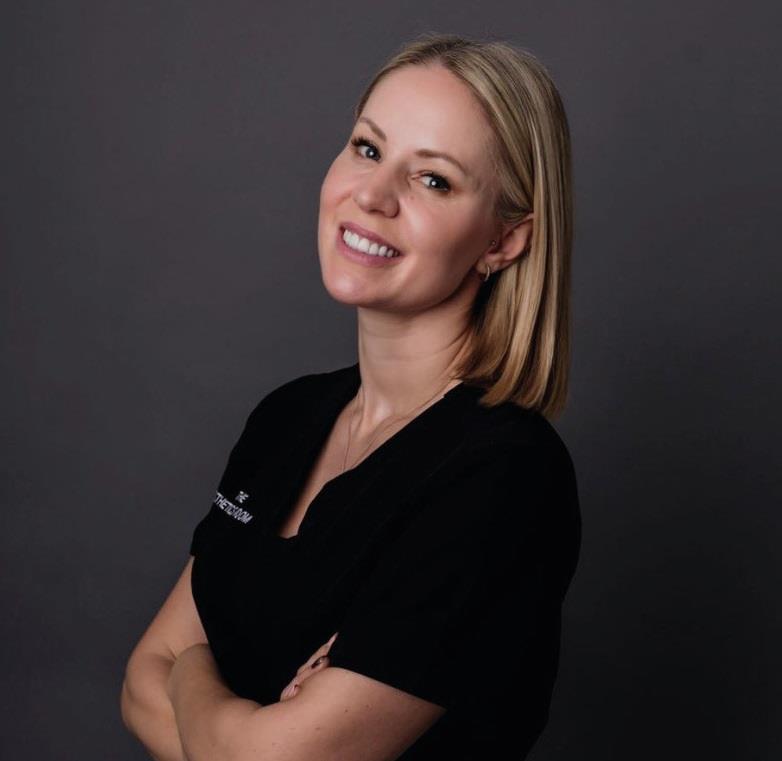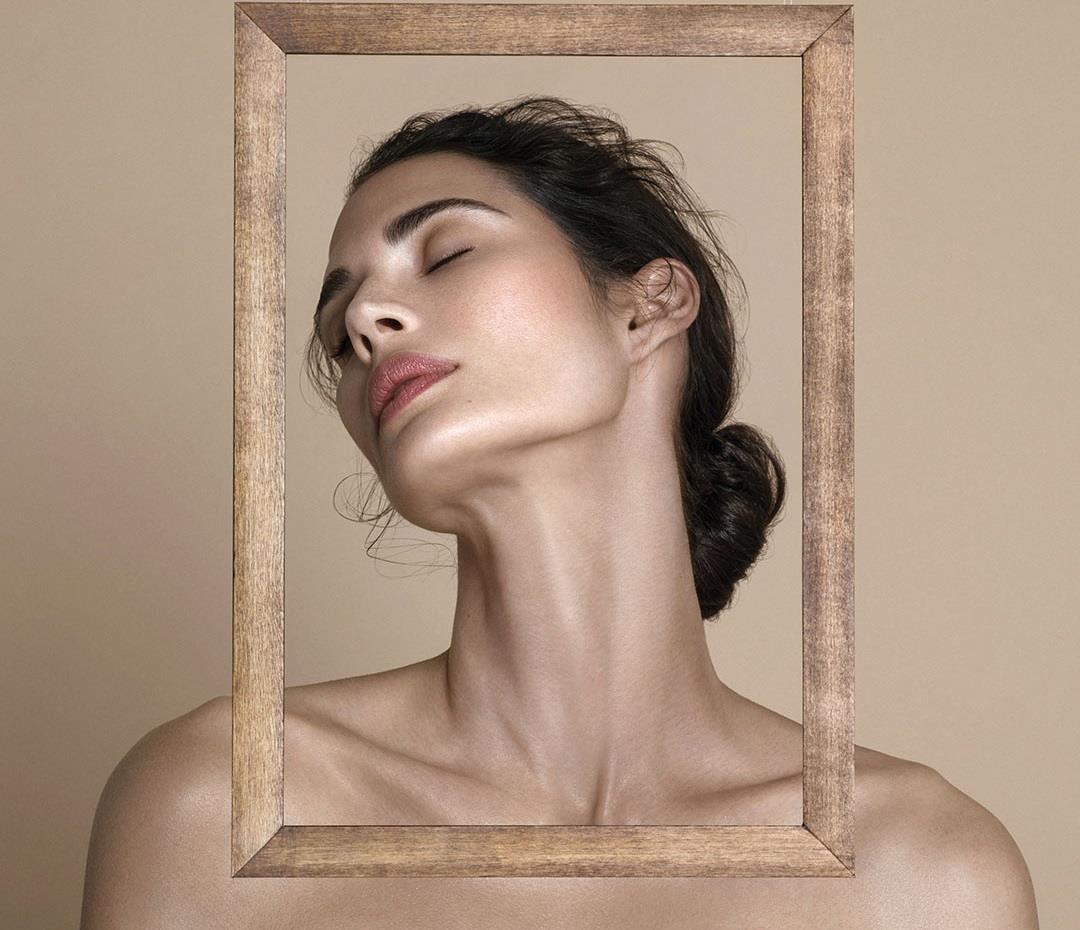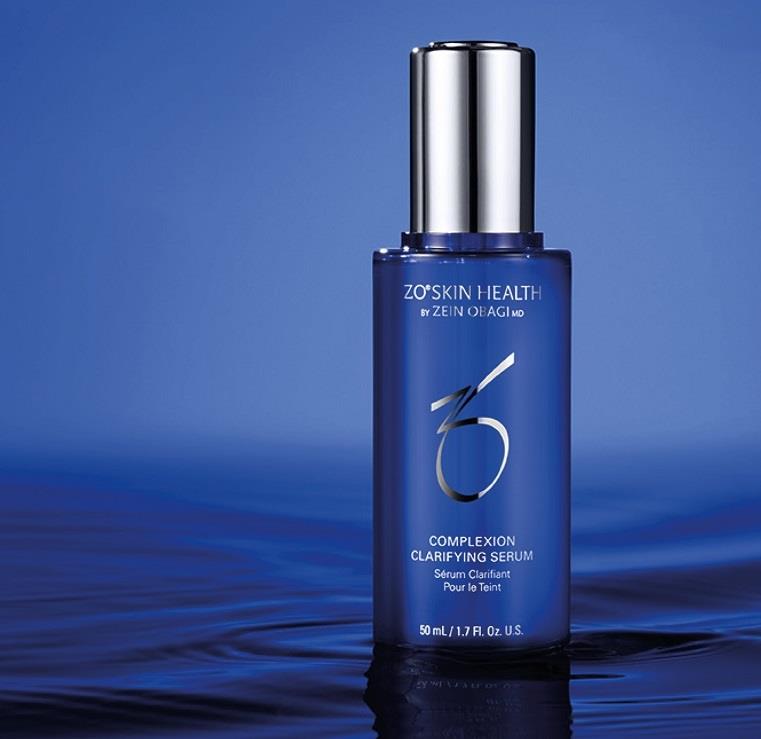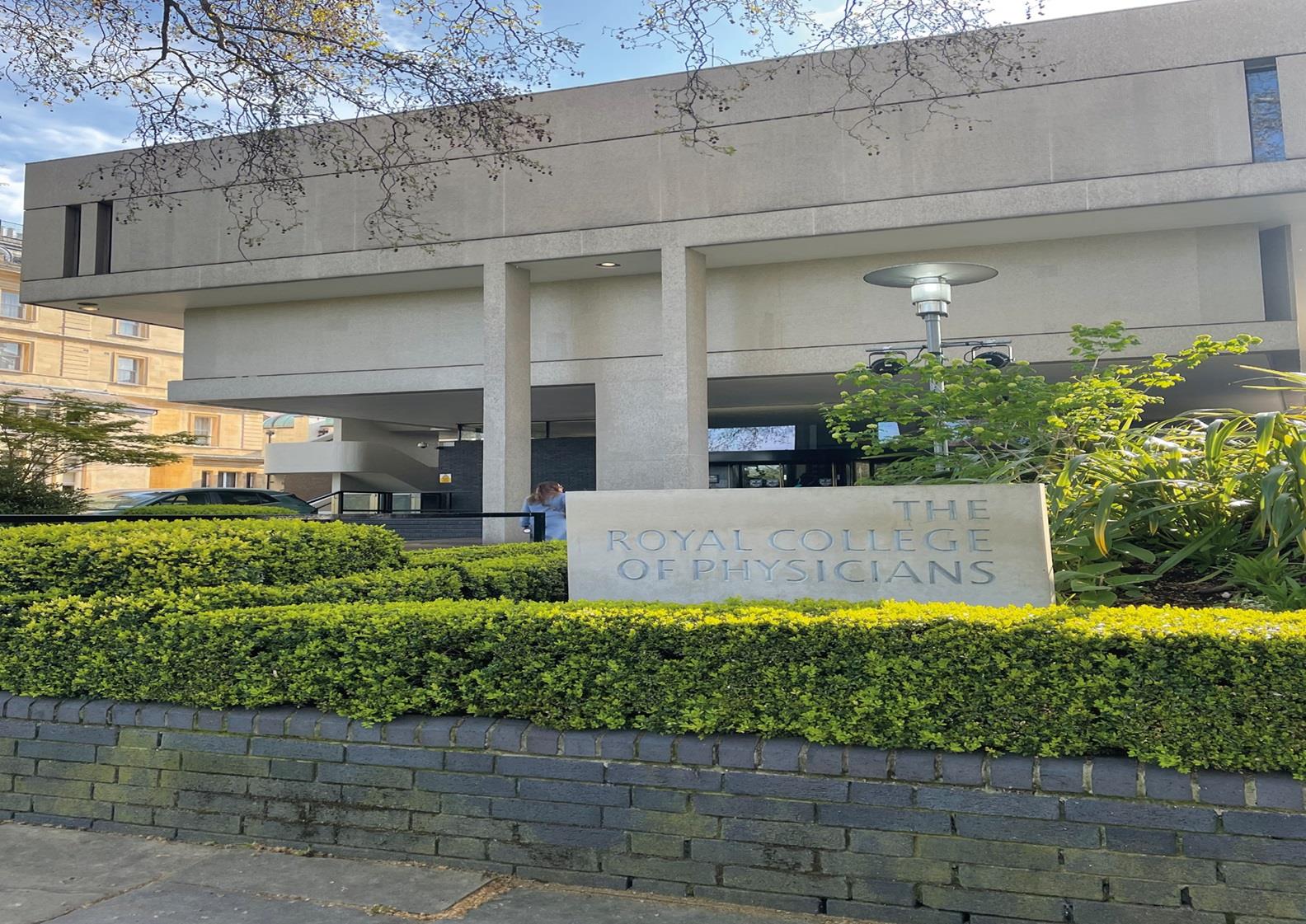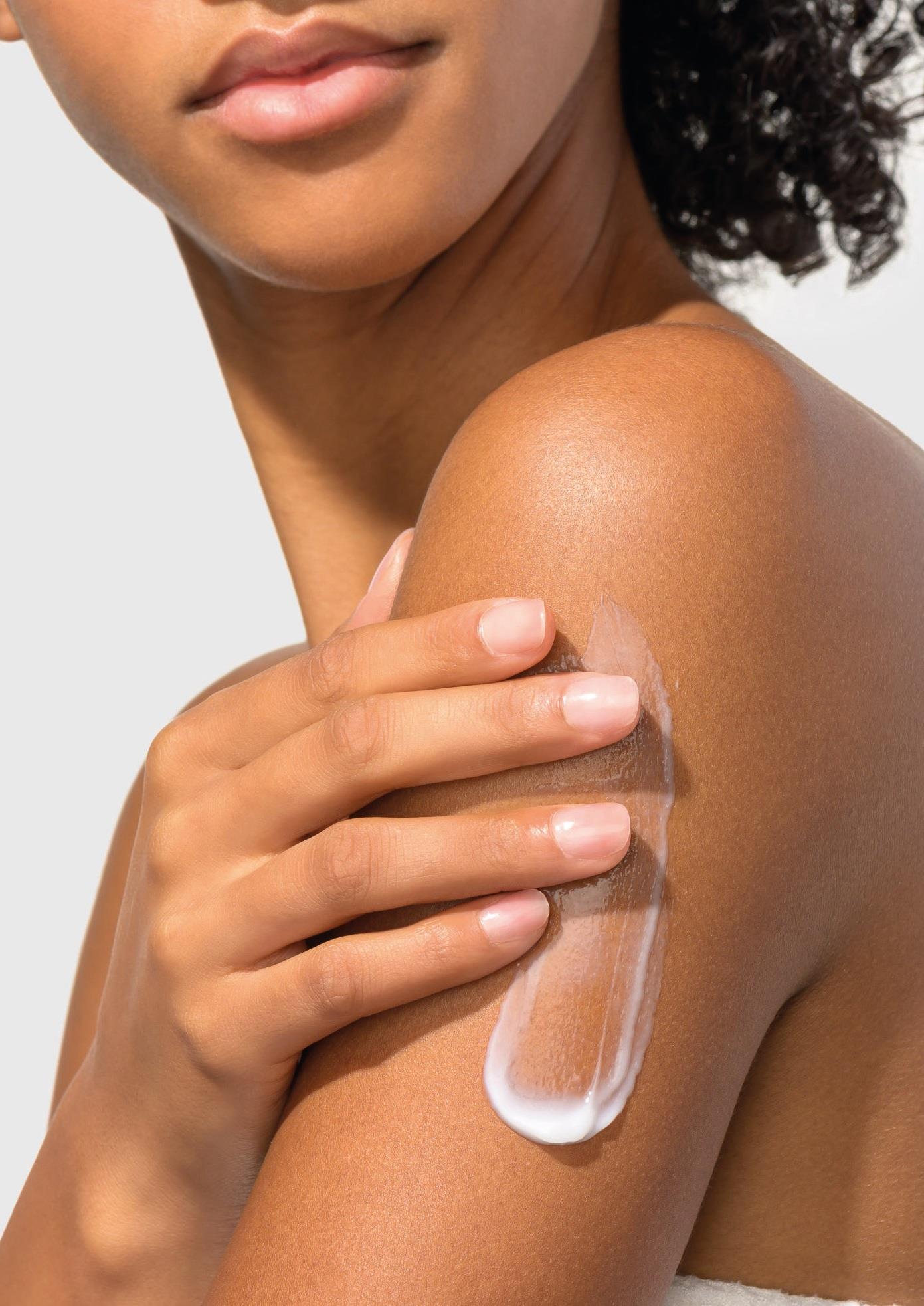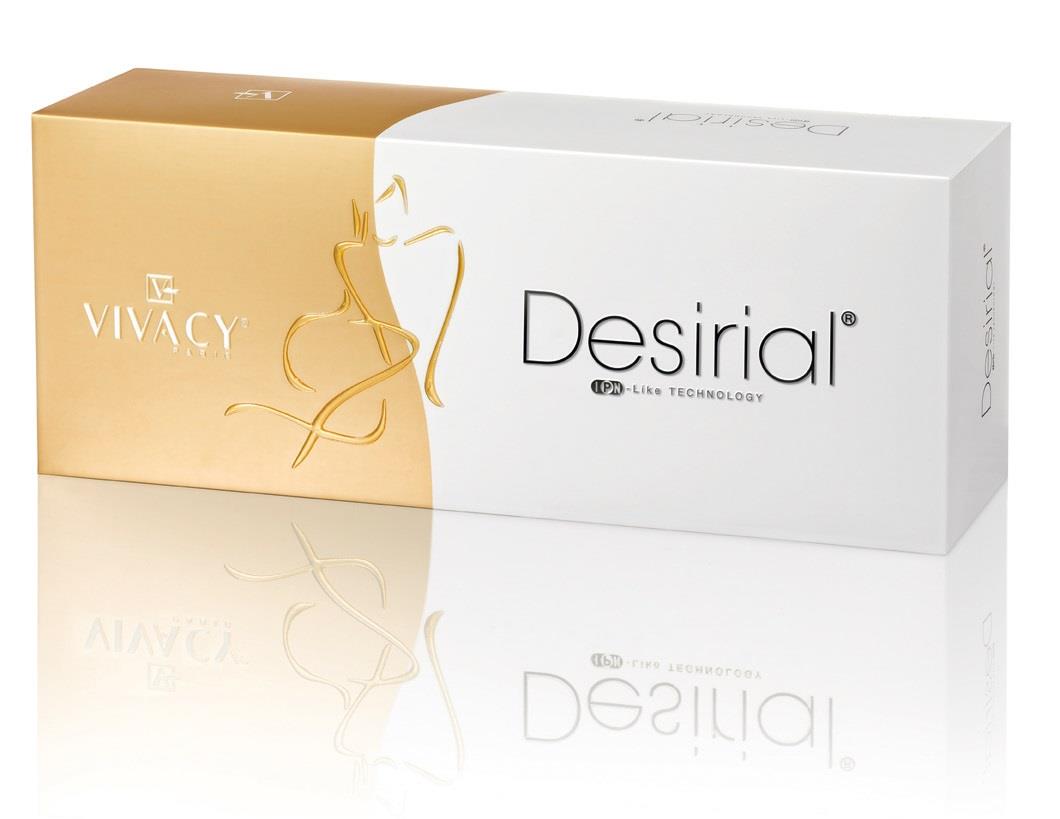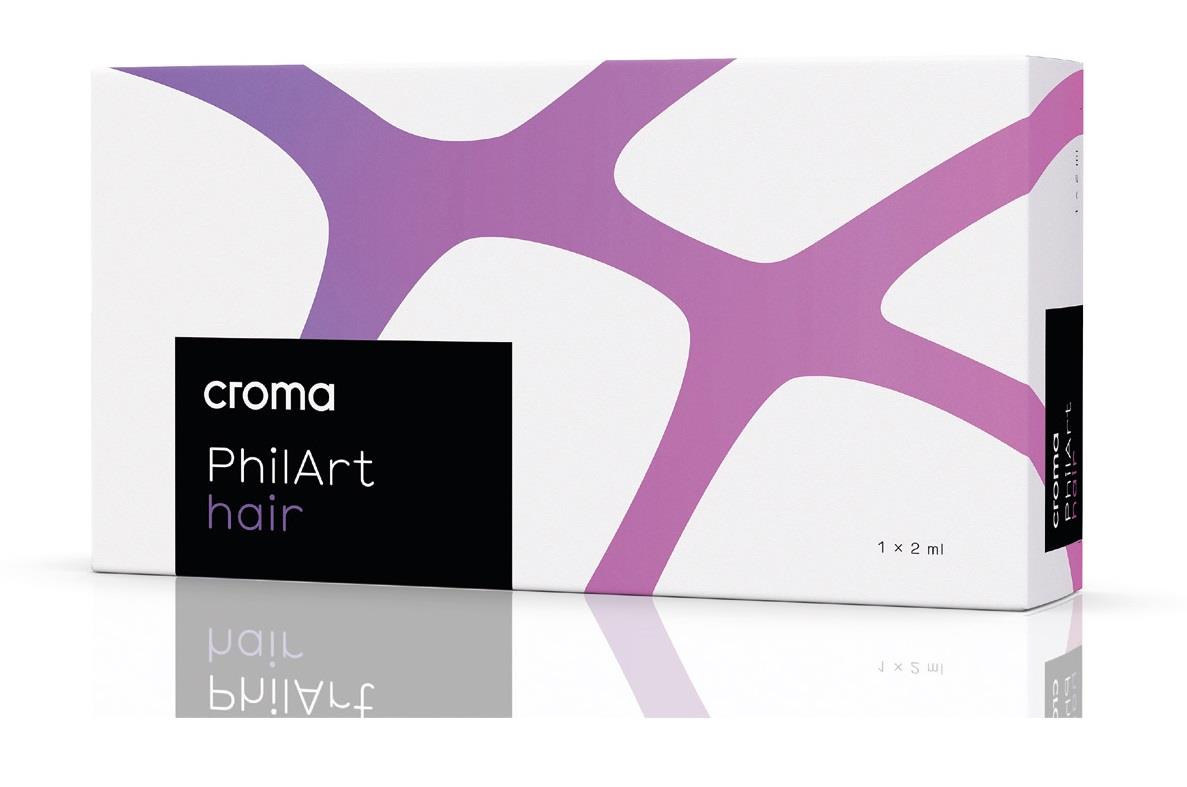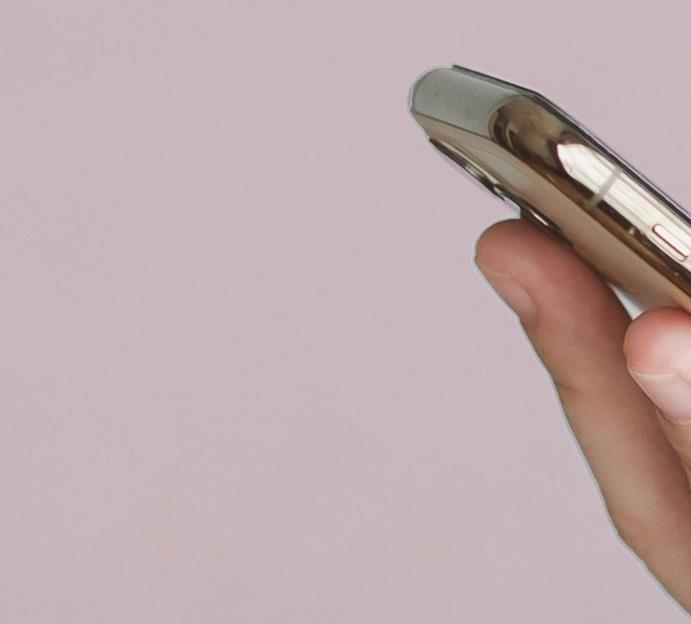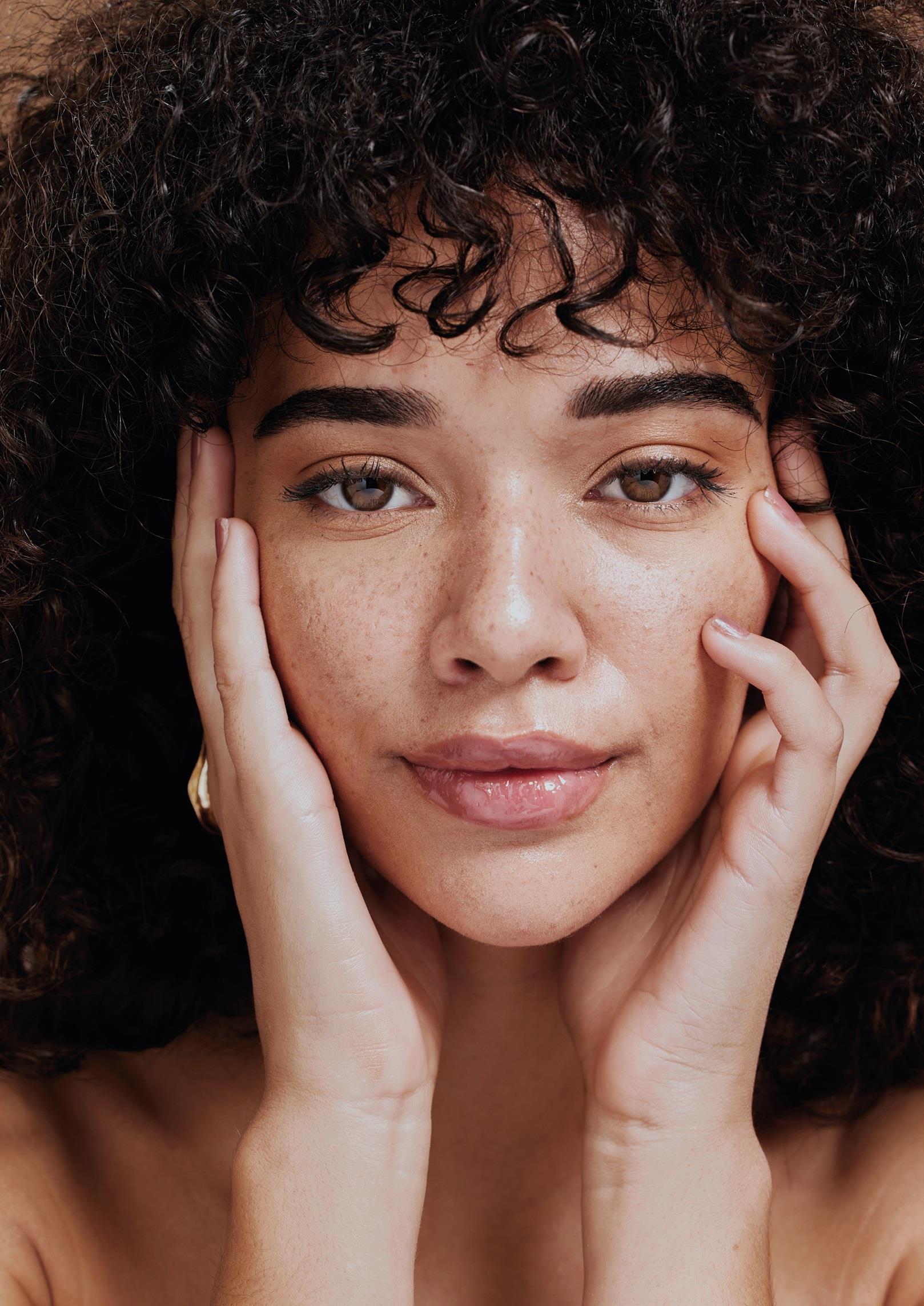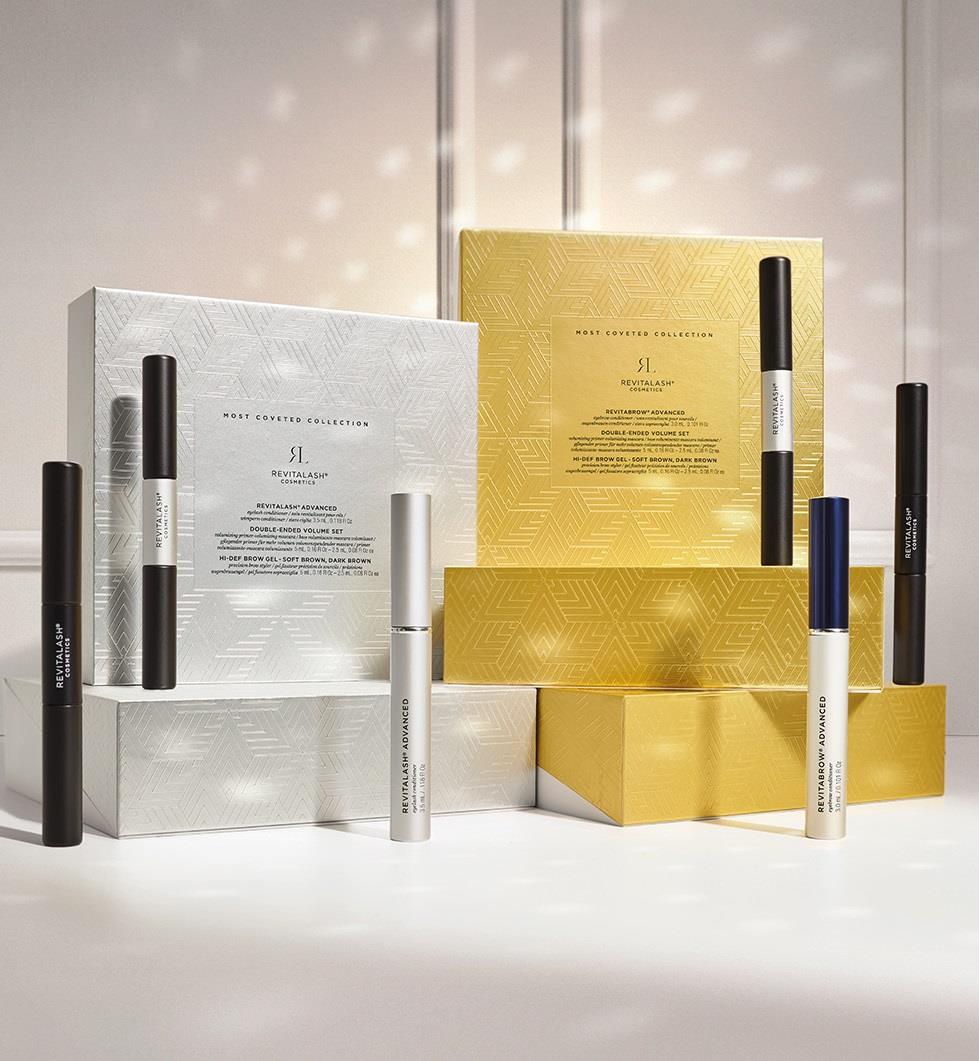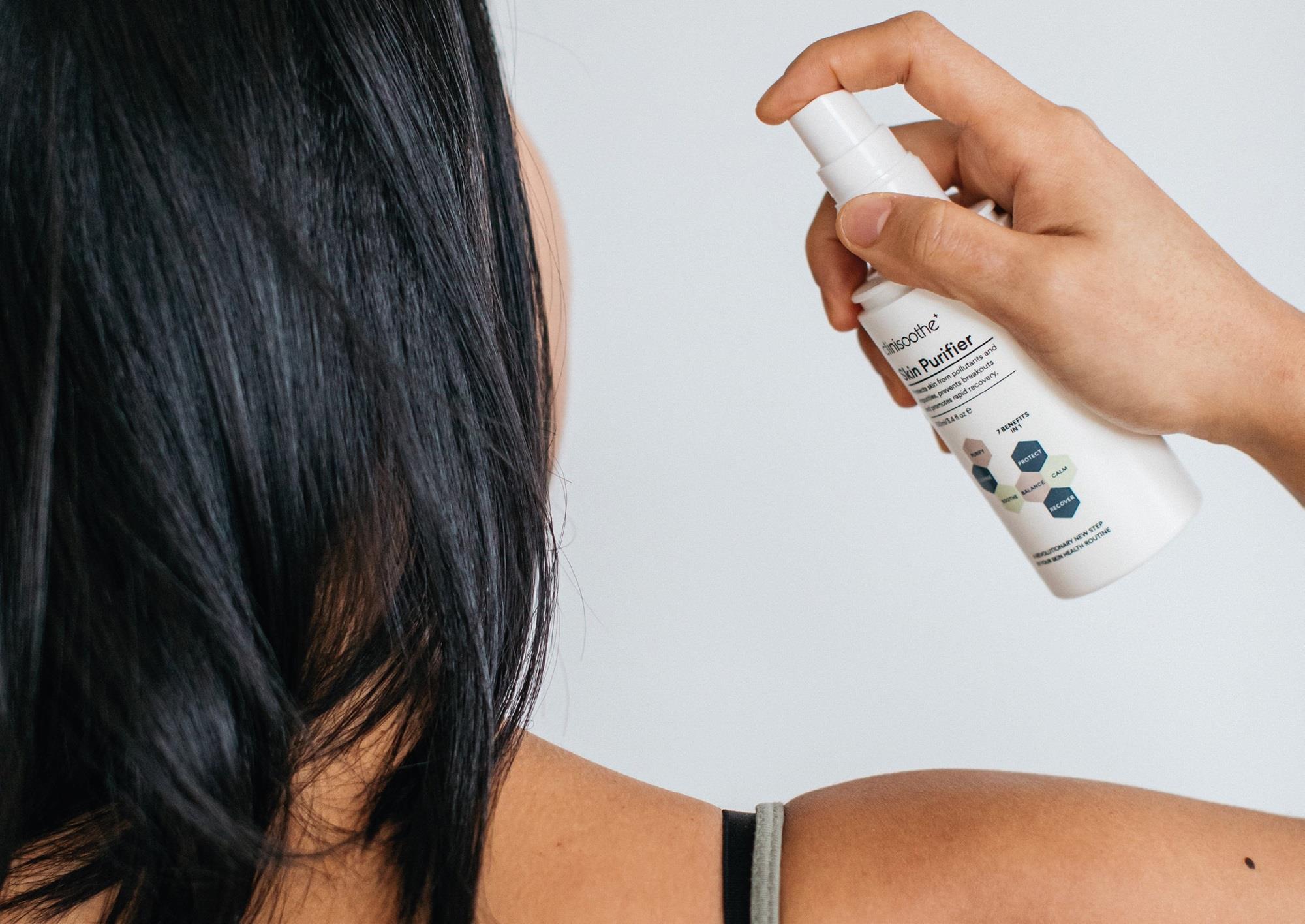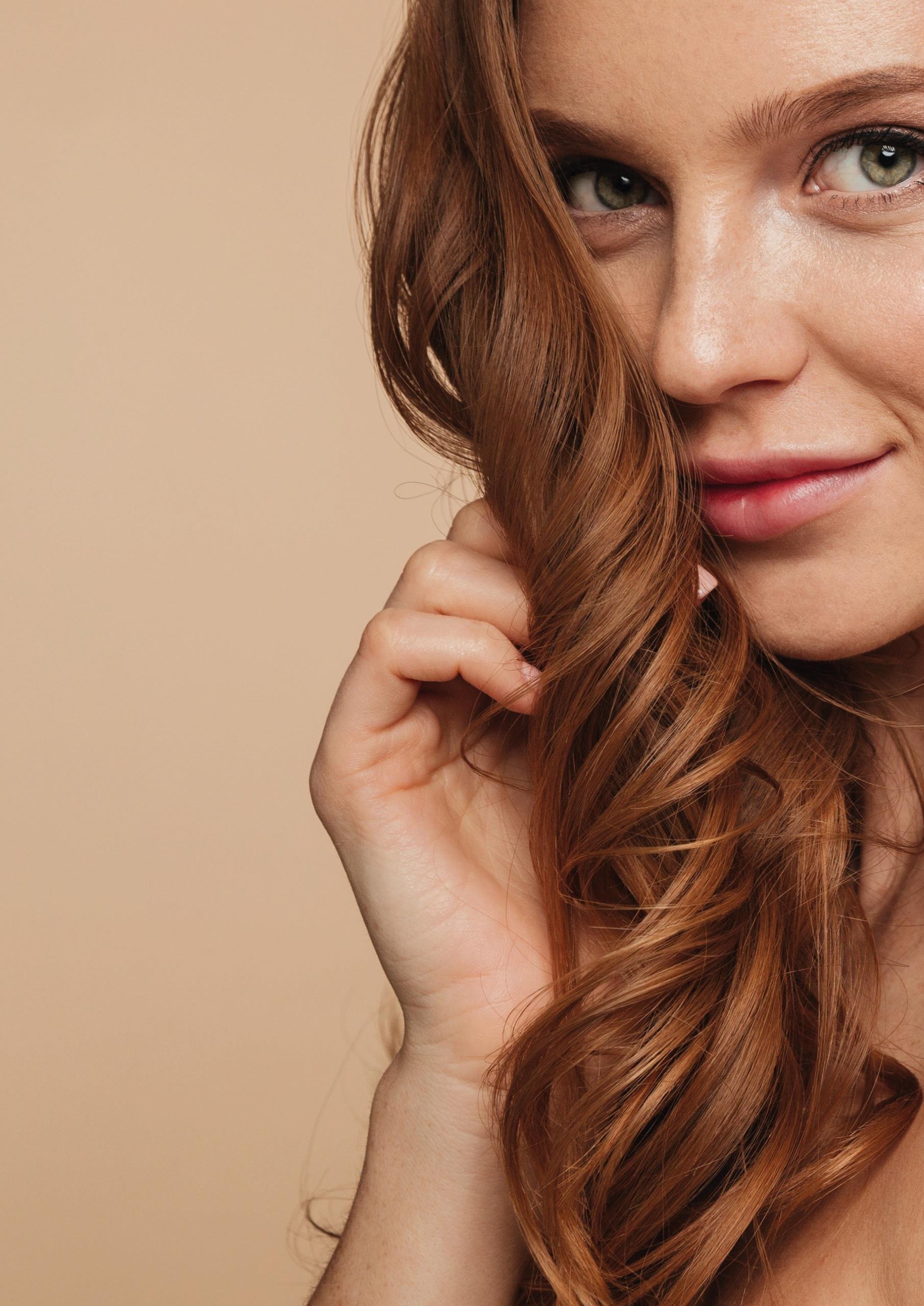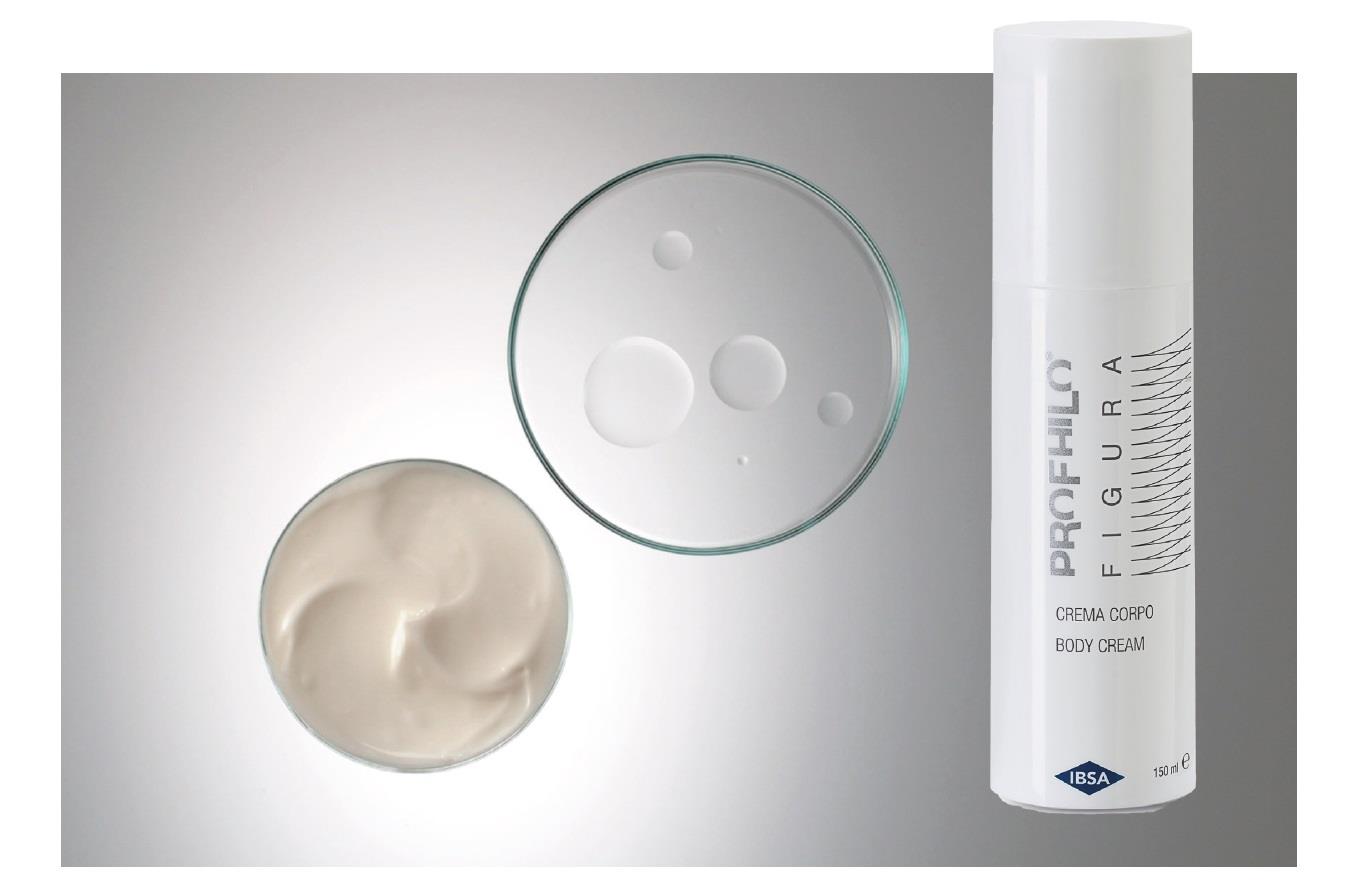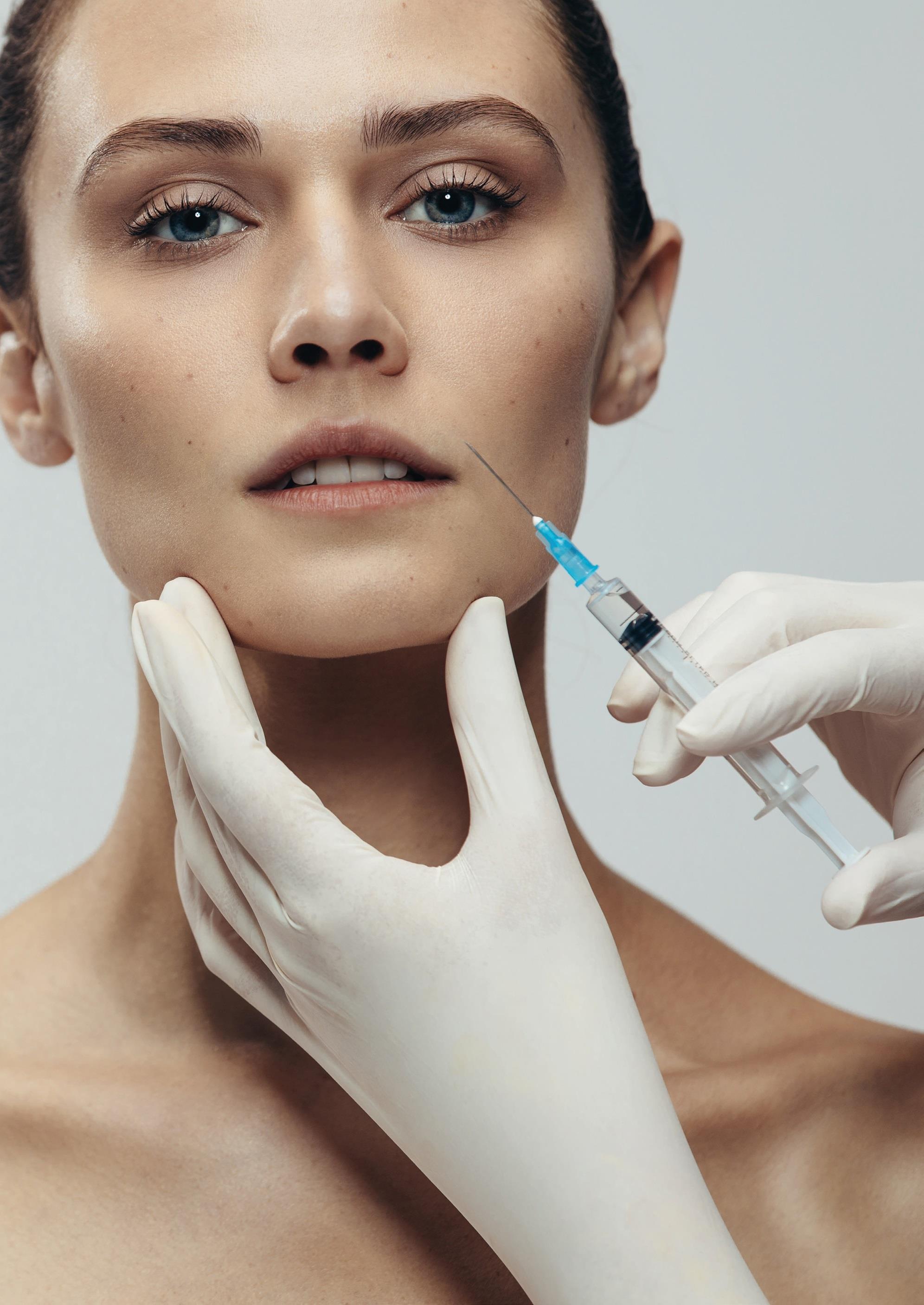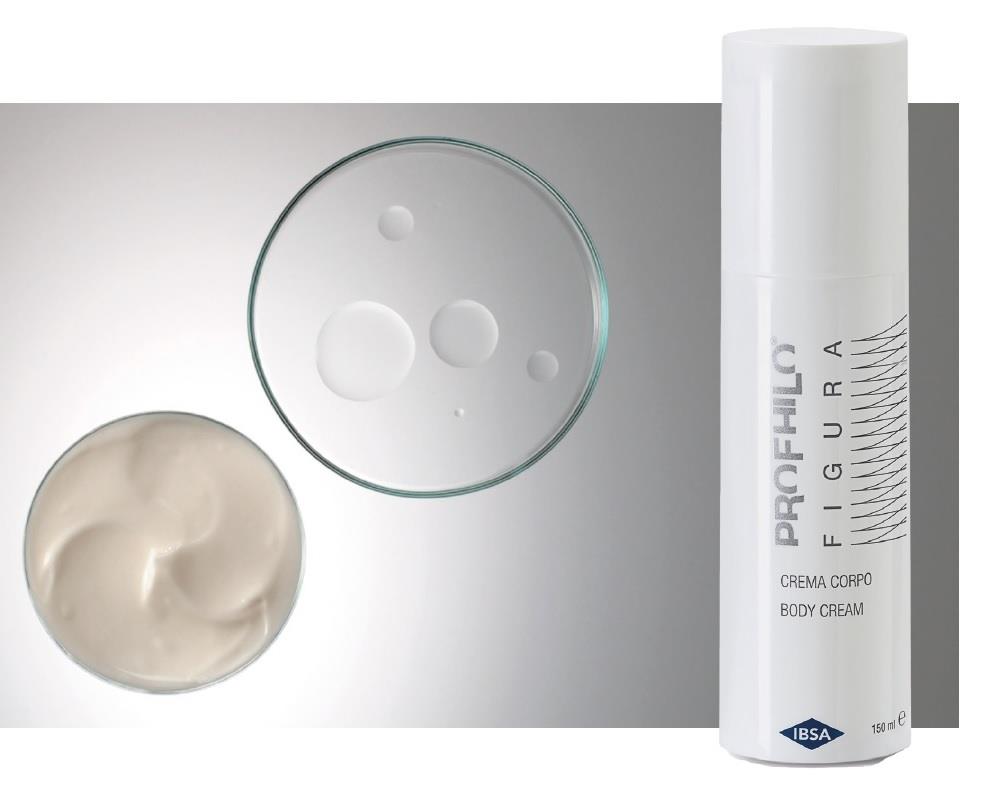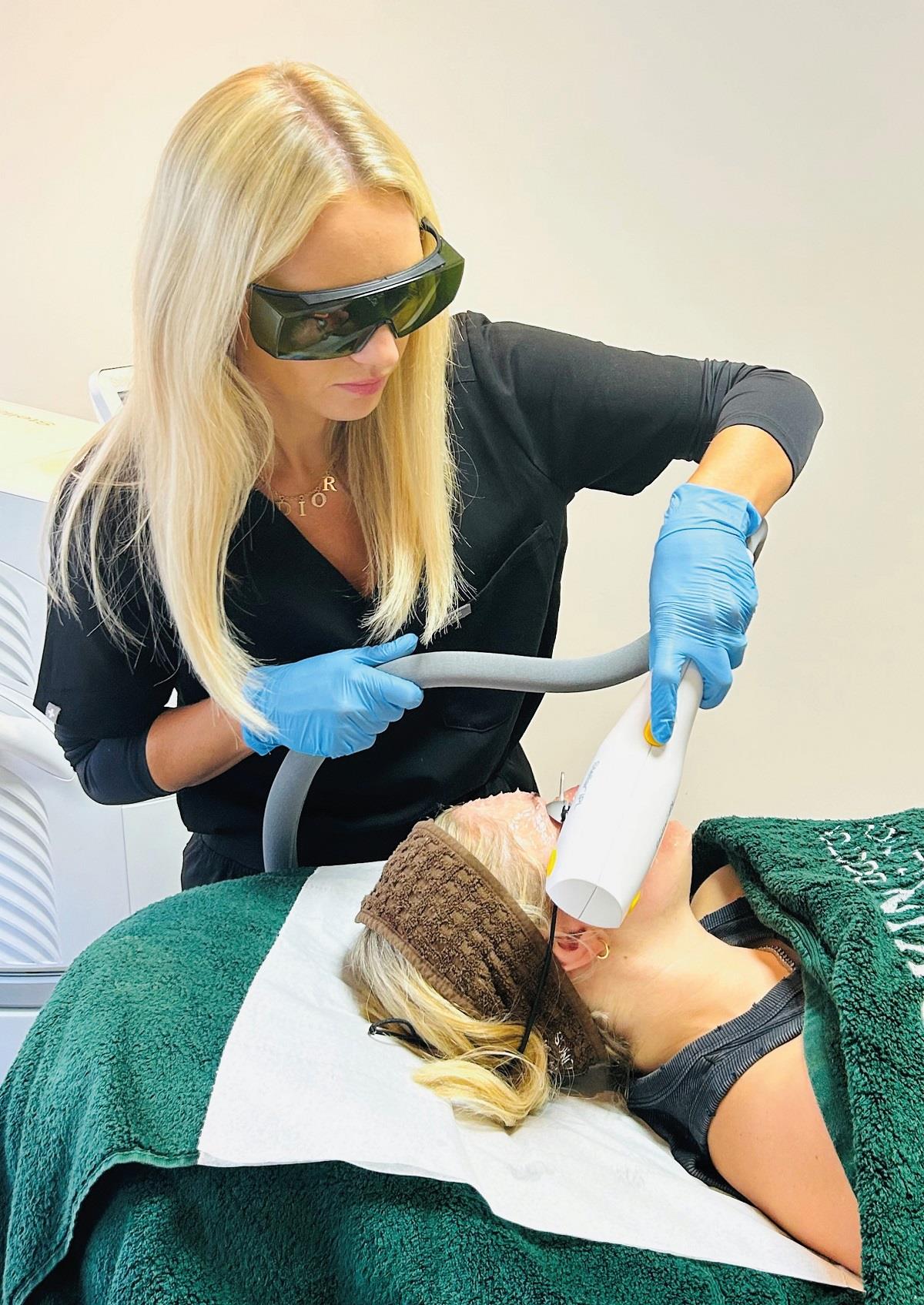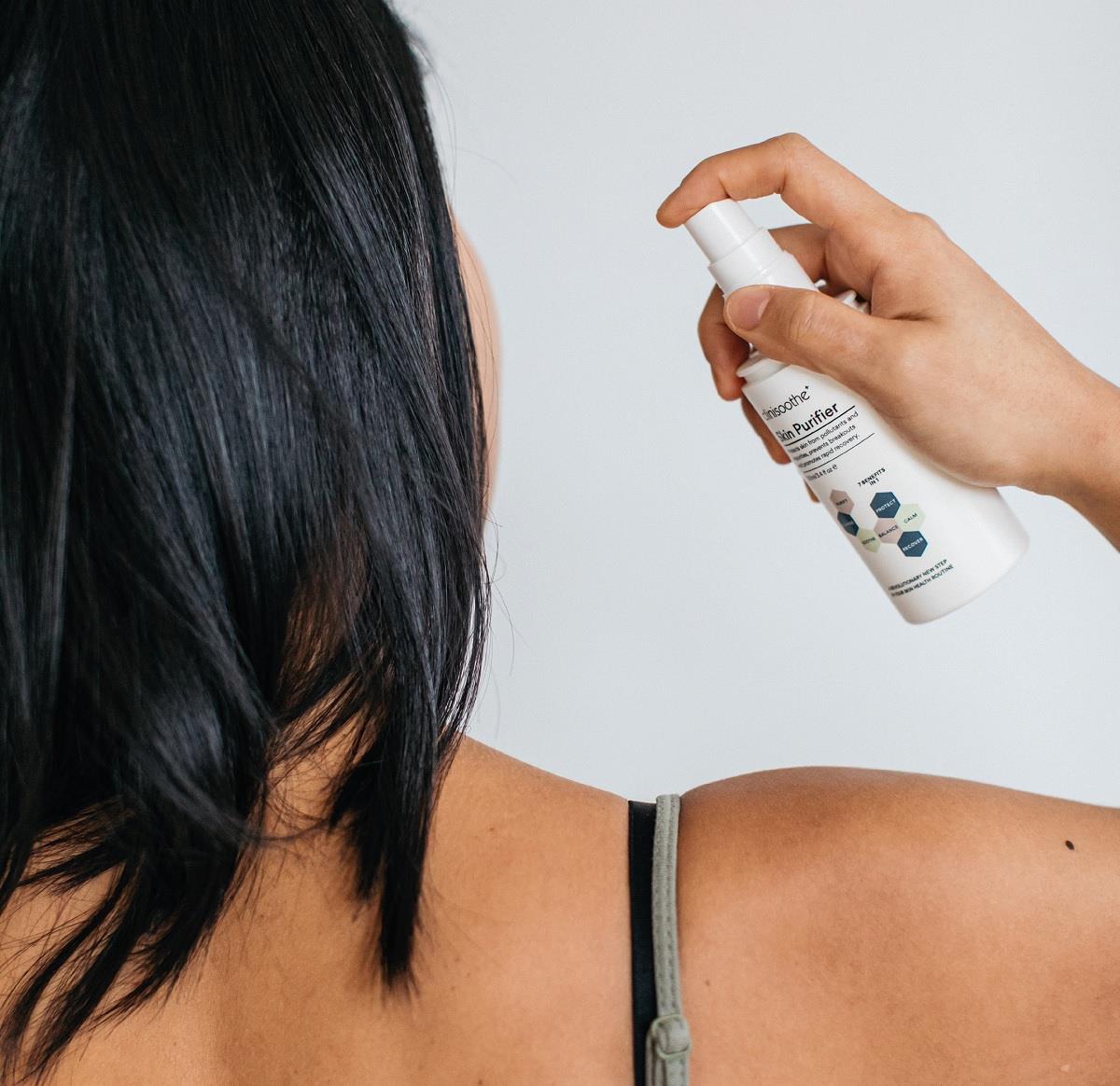
Skin changes are common during menopause. Oestrogen receptors are abundant in both the dermis and the epidermis, so oestrogen deficiency during menopause alters many skin functions. Impaired skin barrier function causes skin dryness from reduced skin moisture and depleted glycosaminoglycans—such as hyaluronic acid—in the extracellular matrix. This also leads to decreased skin turgescence and reduced hydration.
There is a reduction in sebum production on the face and scalp, however this is often compensated by the relative hyperandrogenism seen in perimenopause. At this time, women may present with oily skin, enlarged pores and acne. Later in menopause when sebum production is markedly reduced, the skin becomes increasingly dry and itchy, followed by sagging and atrophy.
Skin atrophy due to collagen loss is more pronounced in menopausal women. In early menopause, skin collagen levels decrease fairly rapidly with a collagen reduction of approximately 30% in the first five years, In the final installment of her three part series, Intimate Health Expert Dr Shirin Lakhani discusses the skin and body changes which accompany menopause, and the range of treatments aesthetic practitioners can use to support their patients followed by a further decline of two per cent per year for the next 15 years. Decreased collagen and elastin synthesis leads to wrinkling and dermal thinning.
There is also an increase in pigmentation problems during menopause. The lack of oestrogen leads to overproduction of melanin in previously sun-exposed areas.
Hair changes
Estradiol enhances hair and its decline leads to the reduction of hair renewal, growth and thickness, and density of hair observed during menopause.
Diffuse effluvium and/or androgenetic alopecia of female pattern may be observed later in menopause due to sustained reduction of hair cycling, while the existing hair becomes thinner and drier due to ageing. However, thinning may be noticeable at perimenopause in women predisposed to develop centroparietal alopecia. Hair issues at menopause include reduced scalp hair but increased (unwanted) hair growth in certain areas on the face.
Body changes
Changes in hormones around the menopause often leads to a redistribution of fat around the abdomen, hips and thighs. Hormonal imbalance can lead to weight gain (on average 5lbs or more) and bloating. In addition, our metabolism changes and our calorific requirements reduce.
As well as a tendency to weight gain, the skin on the body is also affected in the way described above, leading to crepiness and sagging.
Treatment options
Aesthetics clinics are certainly well placed when it comes to dealing with the skin, hair and body changes which accompany the menopause. More and more clinics are taking a holistic approach to ageing and wellness and there has certainly been a shift away from just offering quick fix solutions.
We have a better understanding of the multisystem approach to ‘lifestyle medicine’ and are using the tools at our disposal to create treatment plans for our patients.
The attitude to HRT is changing and women should be given the opportunity to make an informed choice on whether it is right for them. Numerous studies have demonstrated the effectiveness of HRT in the treatment of the skin, hair and body changes associated withmenopause. Many clinics have added this to their treatment offering, but if this falls outside your area of competence, it is essential to be able to refer to a practitioner that has expertise in this.
Skincare
A good skincare regime is imperative in maintaining skin health and supporting the results of in-clinic treatments. Essential ingredients include hydrating agents (hyaluronic acid, ceramides), retinol to stimulate fibroblasts and increase cell turnover, antioxidants and SPF. There is a specific product Emepelle, that contains MEP (methyl estradiol propanoate), which stimulates oestrogen receptors in skin resulting in improvement in skin texture, tone and hydration.
Topical growth factors can play an important role in both skin rejuvenation and hair restoration.
In-clinic treatments such as chemical peels and Hydrafacials can also help improve the skin quality as well as reduce pigmentation. Hydrafacial also offer a treatment for hair.
Supplements
Collagen supplements can be used in conjunction with topical skincare to improve skin quality. Biotin can help with hair loss. Many clinics also offer intravenous micronutrients for specific issues or overall wellbeing.
Injectables
Neuromodulators and dermal fillers are often used to improve wrinkles and volume loss. In menopausal patients I often prefer to use biostimulating fillers such as Ellanse, in combination with skin boosters such as Profhilo and Viscoderm Hydrobooster as these provide a discernable improvement in the patient’s skin quality whilst delivering a natural result. PRP can also be used to restore volume and improve skin tone, texture and colour and can also be used for hair.
Energy-based treatments
Aesthetic clinics have a wide variety of treatments that can be used to resurface the skin, target pigmentation, stimulate collagen and tighten lax skin. There are a variety of different technologies available to us including lasers, IPL, LED, ultrasound, radiofrequency with microneedling, and plasma.
Body contouring treatments can help combat the changes seen at menopause. It is important to remember that an increase in body fat is also accompanied by skin laxity and loss of muscle mass, so any fat reduction should be accompanied by skin tightening. Weight management programmes consisting of diet, exercise and prescription medication can be incorporated with body contouring treatments to provide better results.
A holistic approach
It has been shown time and again that combination therapies deliver better results than standalone treatments. In addition to this, we should also consider a multidisciplinary
approach when treating our patients. As medical practitioners we can offer our patients a whole range of solutions to enable them to age well-resulting in them not only looking
good but also feeling well and energised.
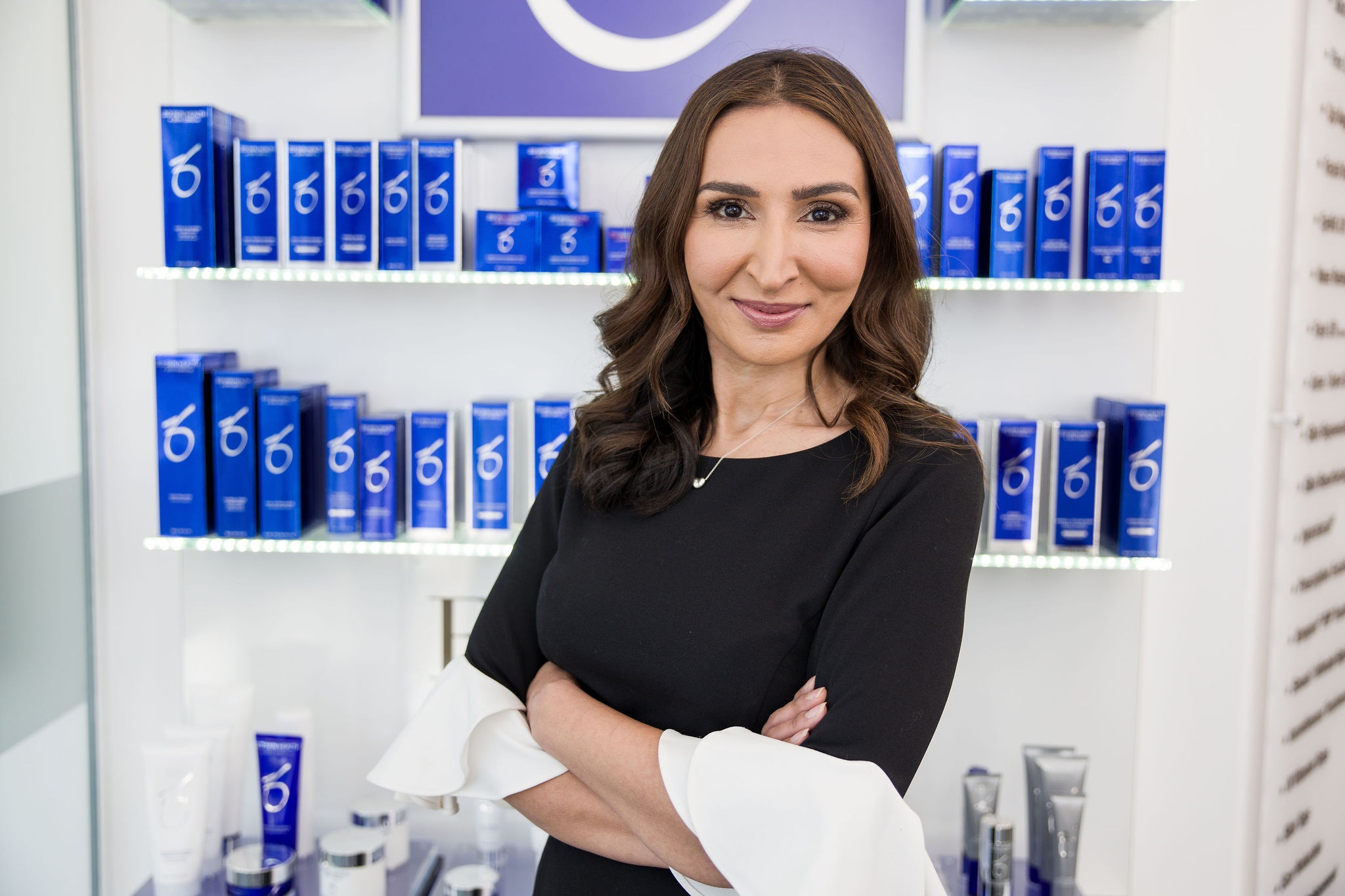
Dr Shirin Lakhani is an Aesthetic Physician and Founder of Elite Aesthetics, elite-aesthetics.co.uk. Her two previous menopause features for Wigmore News are available to read at wigmoremedical.com
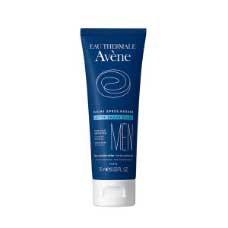
 Added to basket
Added to basket

 Unapplied Changes
Unapplied Changes


